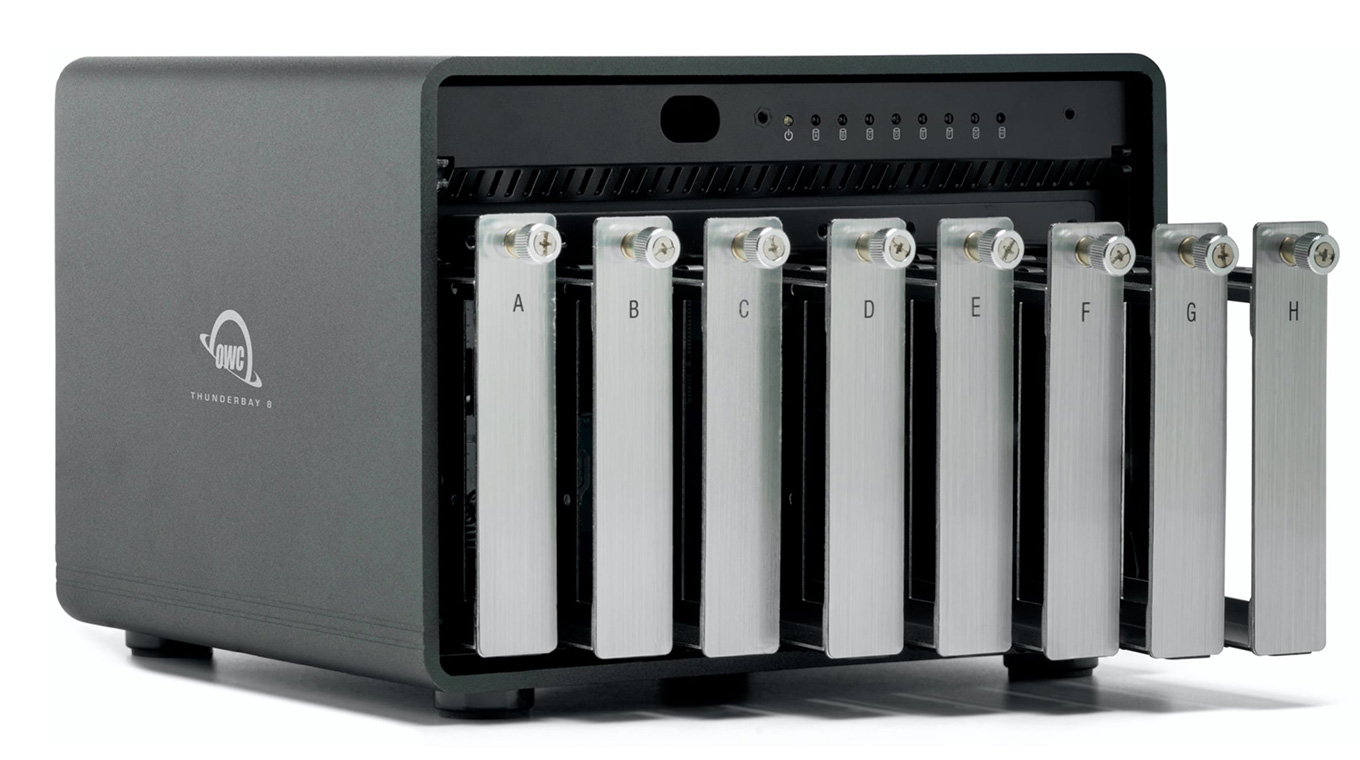Local Storage with Multiple Drives
Welcome to “Local Storage with Multiple Drives.” After reading this article, you will be able to:
Also visit: Types of Local Storage Devices
- List the difference between SSHDs and Hybrid Disk Arrays.
- Define ephemeral storage.
- Explain how RAID works.
Hybrid Disk Arrays
Hybrid Disk Arrays physically combine multiple SSD and HDD devices into an array of drives working together to achieve the fast and easy performance of solid-state and the lower costs and higher capacities of hard-disk. Hybrid Disk Arrays are: Small, Fast, Have lower setup costs than pure flash, But they also Have performance concerns, And are complex to manage and maintain. Hybrid Disk Arrays are best when you want both fast speeds and high capacity.

Direct-attached storage (DAS)
Direct-attached storage (DAS) is one or more storage units within an external enclosure that is directly attached to the computer accessing it. A DAS can contain: hard drives, solid-state drives, and optical disc drives. DAS is best for small to medium networks with moderately high storage needs. External drives are portable DAS that connect to your computer via USB. In DAS units and other storage devices, you can configure storage settings to be
Ephemeral or Persistent.
Ephemeral storage deletes saved data on restart. It resets things back to their original state even if settings, updates, and files are adjusted and saved. It is used in things like application demos and OS restarts in computer labs.
Persistent storage keeps saved data on restart. It behaves like the storage you’re used to in your everyday computer. It is used in things like personal computers and network archives. Most storage drives are configured to use persistent storage.

Redundant Array of Independent Disks (or RAID)
A Redundant Array of Independent Disks (or RAID) spreads data across multiple storage drives working in parallel. RAID 0, or Striping, splits data into storage units called “blocks” and stores those across 2 or more drives in an array.
RAID 0 is fast, has 100% usable disk capacity, but not fault tolerant. If 1 drive fails, all data is lost. RAID 0 is popular with gamers and photographers who need to save large amounts of data quickly.
RAID 1, or Mirroring, copies and stores data twice across two or more drives. RAID 1 cuts space to 50% usable capacity and if 1 drive fails, no data is lost.
RAID 10 combines RAID 0 and RAID 1. It Stripes or spreads data across drives that are part of the array. RAID 10 is fast, fault tolerant, and if 3 drives fail, all data is lost.
RAID 5, or striping with parity, is the most common form of RAID. It splits data into blocks and stores those across three or more drives. If data loss occurs, the computer will recalculate the lost data using error-checking tags known as parity bits that it has stored across the drives. RAID 5 is fast, fault tolerant, and if 1 drive fails, no data is lost.
RAID devices can use SSDs, HDDs, and hybrid drives. Companies choose RAID devices for their durability and performance. Multiple drive failure is rare, but it happens. Maintaining RAID devices, keeping spare drives handy in case of drive failure, and having a backup routine will make data loss nearly impossible.
Summary
In this article, you learned that: Hybrid disk arrays combine SSDs and HDDs for fast performance, high capacity, and low costs. DAS are external storage drives directly attached to a computer for additional storage capacity, or if you need a different storage interface. Ephemeral storage deletes saved data on restart. Persistent storage keeps saved data on restart. RAID devices use multiple drives in different configurations to prevent data loss.
